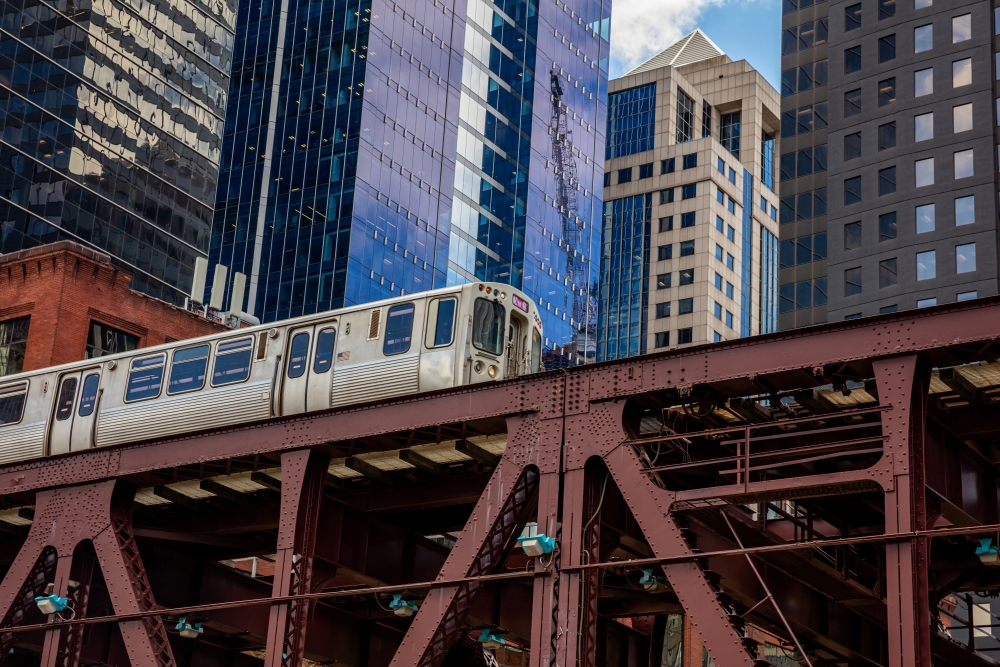Latest Intercity Bus Bulletin Highlights Station Investments and Growing Demand in Chicago
A roundup of bus station news around the U.S.

DePaul University’s latest Intercity Bus E-News Bulletin, edited by Professor Joseph Schwieterman, takes stock of a wave of developments in bus terminals across the country, while spotlighting new research that shows how intercity buses are positioned to meet rising travel demand in the Midwest.
Schwieterman points to what journalist Dan Zukowski recently called a “Cinderella Moment” for bus stations. Cities such as Atlanta, New York, Los Angeles, Philadelphia, and Boston are investing in upgrades and expansions, recognizing the growing role of intercity buses within the transportation network. In Boston, South Station’s expanded bus concourse is nearing completion, adding escalators, elevators, and stairs to improve passenger flow and bus-to-bus connections. Operators such as C&J’s Jim Jalbert see these changes as essential to smoother transfers.
Private operators are also adjusting their facilities’ footprint. FlixBus and Greyhound plan to shift their primary Dallas operations this fall to a new intercity terminal in northwest Dallas, while Greyhound secured a lease renewal at Denver Union Station’s bus concourse, preserving access to extensive transit connections in the city center. These improvements stand in contrast to ongoing challenges in cities such as Albany, Chicago, Houston, Philadelphia, and Portland, where station conditions remain uncertain. Still, the overall trend points toward stronger infrastructure for motorcoach travel.
The bulletin also emphasizes the interplay between bus and rail service in Chicago. A new Chaddick Institute report, Growth Spurt: The Outlook for Chicago’s Intercity Rail Travel through 2030, highlights a growing shortage of Amtrak seats at the city’s hub. Rail ridership climbed 8% through June, outpacing other regions, and load factors are well above the national average. With trains increasingly selling out during peak periods, buses are emerging as a practical alternative. The report calls for states to follow examples set by Oregon, Washington, and Vermont, where bus routes supplement rail and are even marketed through Amtrak’s booking system.
Dynamic pricing is also giving bus lines the flexibility to capture demand. Fares on peak Labor Day departures from Chicago to Detroit and St. Louis rose above $125, reflecting airline-style yield management. Operators can offset uneven demand by charging premiums on busy days while reducing service mid-week. As Thanksgiving approaches, Schwieterman suggests these patterns will become even more evident, underscoring the growing relevance of intercity buses in a changing travel landscape.
Read more in the ABA News Center
- New York City Reissues Charter-Bus Guidelines for the Holiday Season as Industry Raises Concerns Over Policy Consistency

- What Southwest Airlines Can Teach Ground Transportation Leaders

- Thanksgiving Travel Forecast and Beyond: More 50 plus Americans Open to Hitting the Road via Motorcoach Group Travel


